Optical coloration mechanism of beetle elytra: a review
DOI: 10.23977/erej.2025.090103 | Downloads: 63 | Views: 1584
Author(s)
Yuhang Shi 1, Kaixiao Huang 1, Wei Wu 1
Affiliation(s)
1 School of Mechanical Engineering, University of Shanghai for Science and Technology, Jun Gong Road, Shanghai, China
Corresponding Author
Wei WuABSTRACT
In nature, structural colors are widely observed in various living organisms, resulting from intricate nano-structural designs developed through evolution. Beetles, with over 350,000 species, exhibit a remarkable diversity of colors, many of which are structural rather than pigment-based. These structural colors arise from optical processes such as film interference, diffraction grating, light scattering and photonic crystals. Additionally, some beetle elytra can change color, aiding in survival through camouflage, communication, and environmental adaptation. This review explores the fundamental optical mechanisms of structural colors, and then survey three color change ways of beetle elytra. The summary of basic researches can help scientists to further investigate biomimetic materials about structural color.
KEYWORDS
Structural color, Nanostructures, Beetle elytron, Photonic crystalCITE THIS PAPER
Yuhang Shi, Kaixiao Huang, Wei Wu, Optical coloration mechanism of beetle elytra: a review. Environment, Resource and Ecology Journal (2025) Vol. 9: 24-31. DOI: http://dx.doi.org/10.23977/erej.2025.090103.
REFERENCES
[1] Kinoshita, S., Yoshioka, S., Miyazaki, J. (2008) Physics of structural colors. Reports on Progress in Physics, 71(7), 076401.
[2] Kinoshita, S., Yoshioka, S. (2005) Structural colors in nature: the role of regularity and irregularity in the structure. ChemPhysChem, 6, 1442-1459.
[3] Seag,o A.E., Brady, P., Vigneron, J.P., Schultz, T.D. (2008) Gold bugs and beyond: a review of iridescence and structural colour mechanisms in beetles (Coleoptera). Journal of the Royal Society Interface, 6(Suppl 2), S165-S184.
[4] Burg, S.L., Parnell, A.J. (2018) Self-assembling structural colour in nature. Journal of Physics: Condensed Matter, 30(4l), 413001.
[5] Chen, J.X., Hao, N., Pan, L.C., Hu, L.P., Du, S.C., Fu, Y.Q. (2020) Characteristics of compressive mechanical properties and strengthening mechanism of 3D-printed grid beetle elytron plates. Journal of Materials Science, 55(20), 8541-8552.
[6] Chen, R.X., Xu, T., Hao, D.J., Teale, S.A. (2019) Cuticular hydrocarbon recognition in the mating behavior of two Pissodes species. Insects, 10(7), 1-9.
[7] Sun, J.Y., Wu, W., Liu, C., Tong, J. (2017) Investigating the nanomechanical properties and reversible color change properties of the beetle Dynastes tityus. Journal of Materials Science, 52(11), 6150-6160.
[8] Chang, Y., Ogawa, Y., Jaucci, G., Onelli, O.D. Tseng, H.Y., Vignolini. S. (2020) Hereditary character of photonics structure in Pachyrhynchus sarcitis Weevils: Color changes via one generation hybridization. Advanced Optical Materials, 200432(1-7).
[9] Kjernsmo, K., Whitney, H.M., Scott-Samuel, N.E., Hall, J.R., Knowles, H., Talas, L., Cuthill, I.C. (2020) Iridescence as camouflage. Current Biology, 2020, 30(3), 551-555.
[10] Parker, A.R., Mckenzie, D.R., Large, M.C.J. (1998) Multilayer reflectors in animals using green and gold beetles as contrasting examples. The Journal of Experimental Biology, 201(Pt 9), 1307-1313.
[11] Schenk, F., Wilts, B.D., Stavenga, D.G. (2013) The Japanese jewel beetle: a painter's challenge. Bioinspiration & Biomimetics, 8(4), 045002.
[12] Seago, A.E., Wheeler, Q.D. (2004) Two new species of Aglyptinus Cockerell with unusual sexually dimorphic antennae and diffraction gratings (Coleoptera: Leiodidae). The Coleopterists Bulletin, 58(2), 235-244.
[13] Cortese, L., Pattelli, L., Utel, F., Vignolini, S., Burresi, M., Wiersma, D. (2015) Anisotropic light transport in white beetle scales. Advanced Optical Materials, 3(10), 1337-1341.
[14] Wang, H., Zhang, K.Q. (2013) Photonic crystal structures with tunable structure color as colorimetric sensors. Sensors, 13(4): 4192-4213.
[15] Ebihara, R., Hashimoto, H., Kano, J., Fujii, T., Yoshioka, S. (2018) Cuticle network and orientation preference of photonic crystals in the scales of the weevil Lamprocyphus augustus. Journal of the Royal Society Interface, 15(145), 20180360.
[16] Seo, H.B., Lee, S.Y. (2017) Bio-inspired colorimetric film based on hygroscopic coloration of longhorn beetles (Tmesisternus isabellae). Scientific Reports, 7, 44927.
[17] Vigneron, J.P., Pasteels, J.M., Windsor, D.M., Vértesy, Z., Rassart, M., Seldrum, T., Dumont, J., Deparis, O., Lousse. V. (2007) Switchable reflector in the Panamanian tortoise beetle Charidotella egregia (Chrysomelidae: Cassidinae). Physical Review E, 76(3), 031907.
[18] Sun, J.Y., Wu, W., Ling, M.Z., Bhushan, B., Tong, J. (2016) A dynamic nanoindentation technique to investigate the nanomechanical properties of a colored beetle. RSC Advances, 6(82), 79106-79113.
[19] Lunaa, A.E., Skigina, D.C., Inchaussandague, M.E., Alsina, A.R. (2010) Structural color in beetles of South America. Proceedings of SPIE, 7782, 778205.
[20] Liu, F., Yin, H.W., Dong, B.Q., Qing, Y., Zhao, L., Meyer, S., Liu, X., Zi, J., Chen, B. (2008) Inconspicuous structural coloration in the elytra of beetles Chlorophila obscuripennis (Coleoptera). Physical Review E, 77(1), 012901.
[21] Xu, M., Seago, A.E., Sutherland, T.D., Weisman, S. (2010) Dual structural color mechanisms in a scarab beetle. Journal of Morphology, 271(11), 1300-1305.
| Downloads: | 5808 |
|---|---|
| Visits: | 418040 |
Sponsors, Associates, and Links
-
International Journal of Geological Resources and Geological Engineering
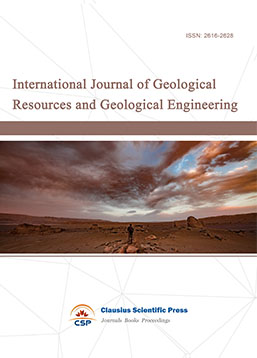
-
Big Geospatial Data and Data Science
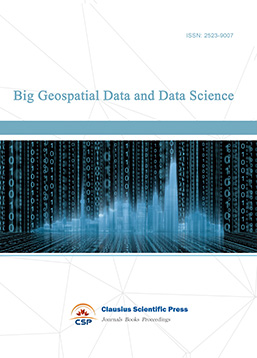
-
Solid Earth and Space Physics
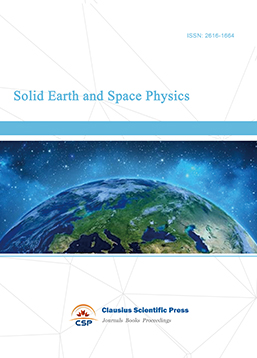
-
Environment and Climate Protection
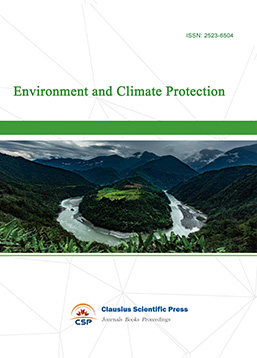
-
Journal of Cartography and Geographic Information Systems
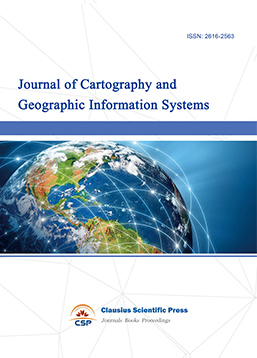
-
Offshore and Polar Engineering
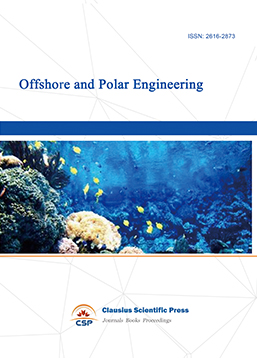
-
Physical and Human Geography
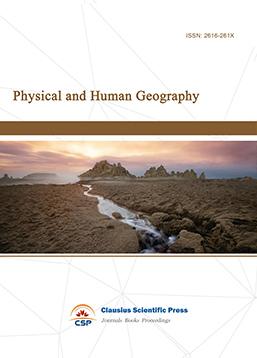
-
Journal of Atmospheric Physics and Atmospheric Environment
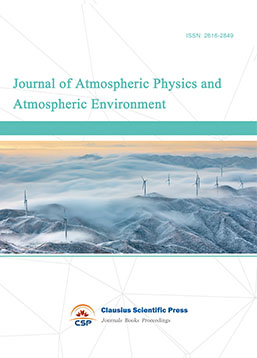
-
Trends in Meteorology

-
Journal of Coastal Engineering Research

-
Focus on Plant Protection

-
Toxicology and Health of Environment
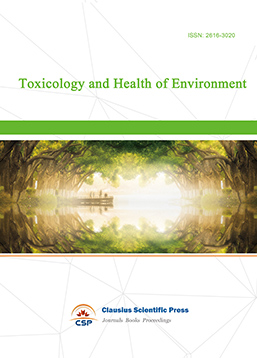
-
Geoscience and Remote Sensing
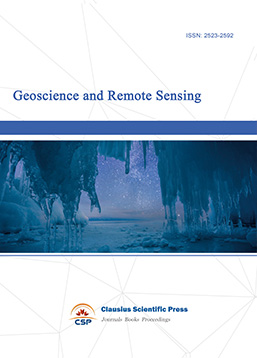
-
Advances in Physical Oceanography
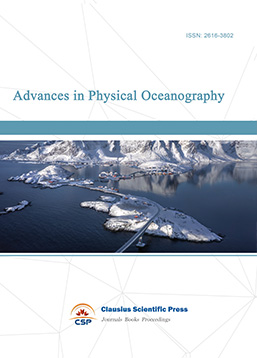
-
Biology, Chemistry, and Geology in Marine
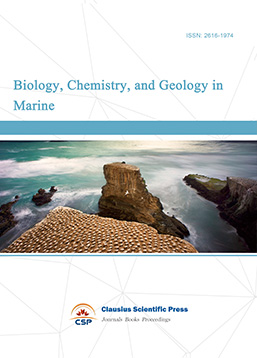
-
Water-Soil, Biological Environment and Energy
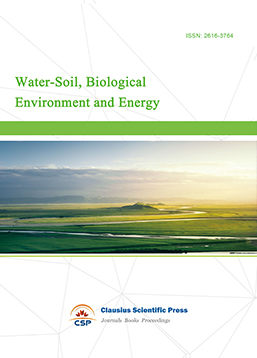
-
Geodesy and Geophysics
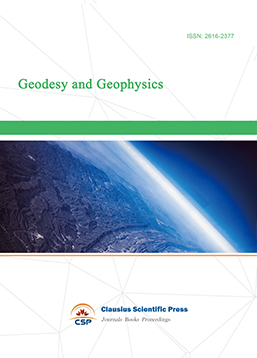
-
Journal of Structural and Quaternary Geology

-
Journal of Sedimentary Geology
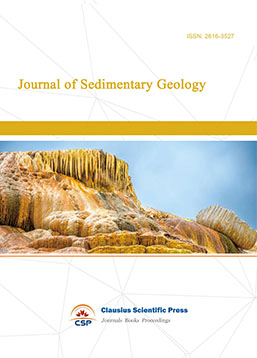
-
International Journal of Polar Social Research and Review
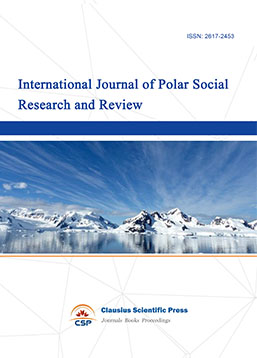

 Download as PDF
Download as PDF